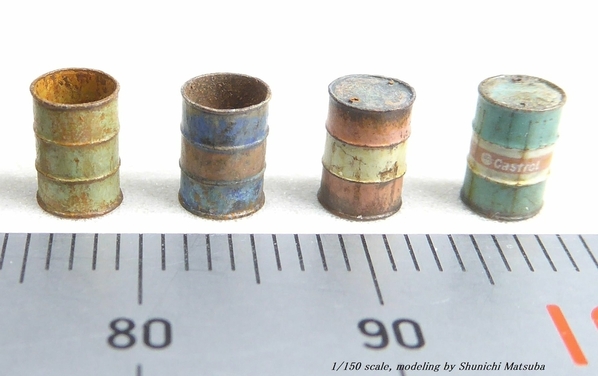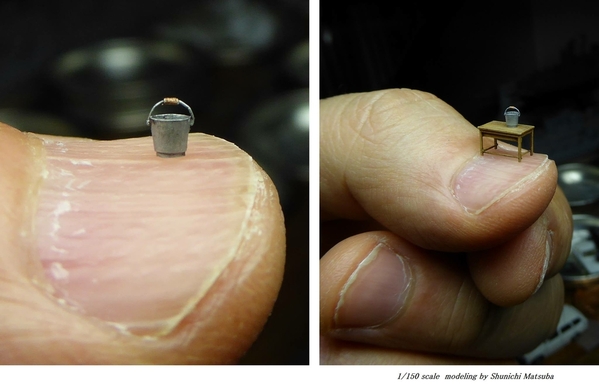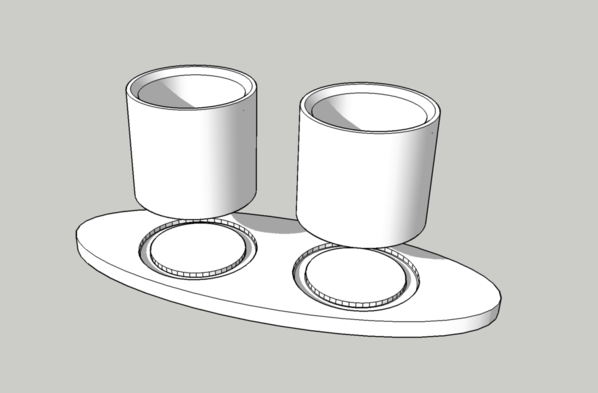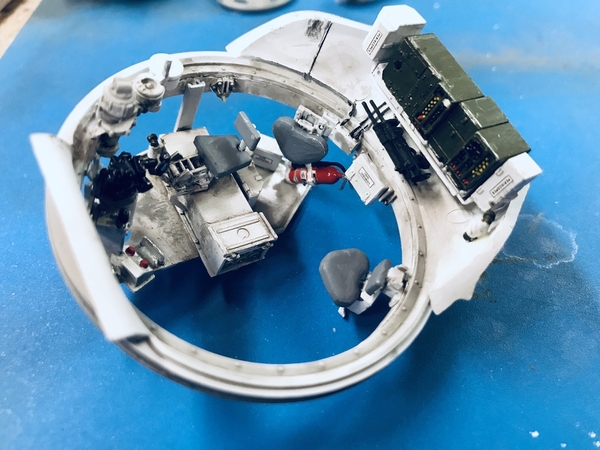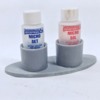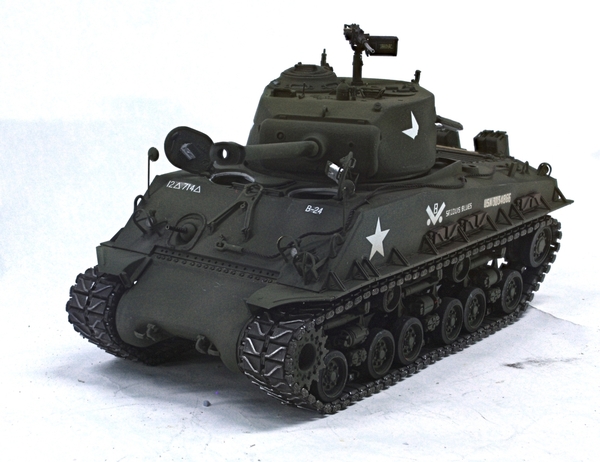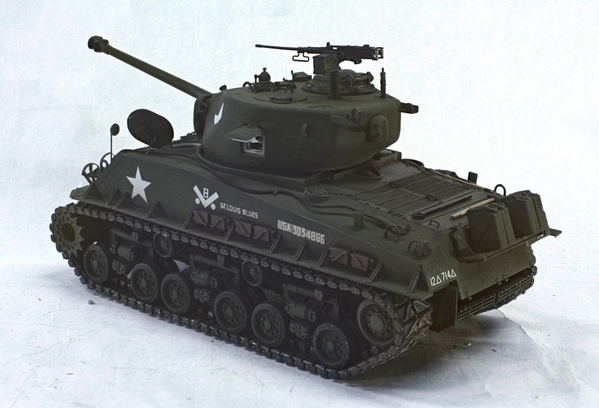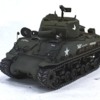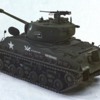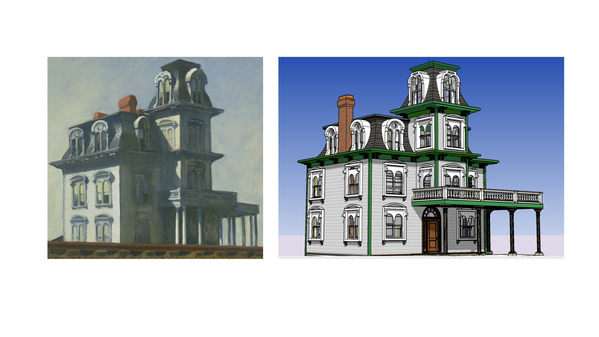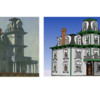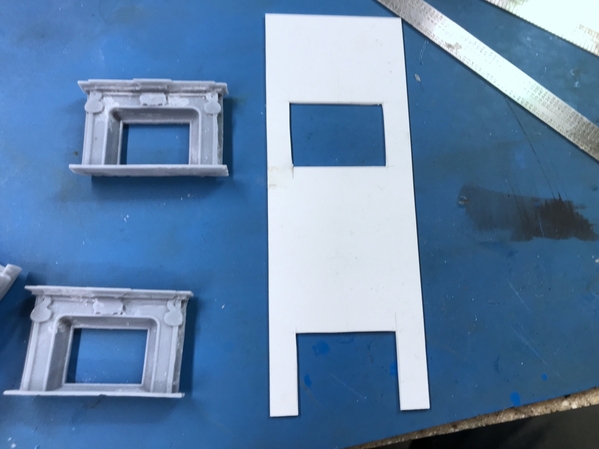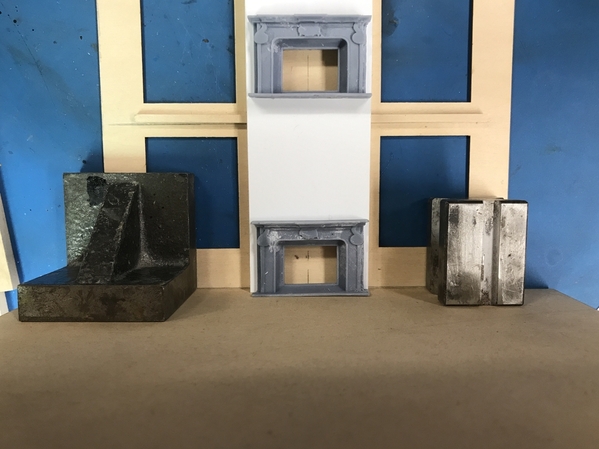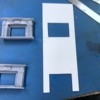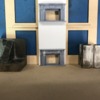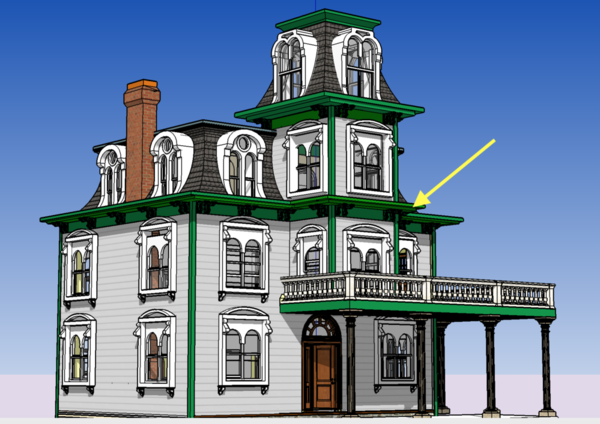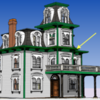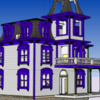It warms my heart when my faithful followers worry when I'm off the air for a while. I warned you that I'm building the tank and that's exactly what I'm doing. It's without a doubt, the most complex plastic kit I've ever built and my kit count since 1954 numbers in the hundreds. Ryefield Models has made separated parts of almost anything. The engine alone had 54 and the transmission has 48. I have to make sure I'm not hungry or my shaky hands make building really difficult.
Here are some images showing progress.
The photo-etched 3-piece brush guard was a bust so I scratch-built one out of styrene.
The late Shermans had a very well armored and hidden exhaust outlet. BTW: the tow hooks actually articulate.
This was the fabulous Ford GAA V8. It was a dual overhead cam, four-valve, hemi, with aircraft style twin magnetos and twin plugs per cylinder. Everything was gear driven. It was a 500hp monster which was never taxed in driving Shermans.
The ignition conduits are scratch-built phos-bronze. I didn't like the kit plastic ones.
All the operators controls are there. Some of this got covered with a floor panel. The broken clutch linkage happened before I got it off the sprue. I didn't even know it broke until I found the broken piece on the floor when looking for something else.
The installed and complete engine bay. Twin radiator fans were driven by two small drive shafts coming out of the front gear box at right angles driving two other gear boxes which in turn had pulleys and fan belts to run the fans. Lots of redundancy. There were 6 fire suppression nozzles in the engine bay also which are on the model.
The 48 piece transmission assembly. The box on top is part of the ventilation system. The blower mounted on the ceiling and is right above this. The round assembly sticking out the back is the generator driven by the main drive shaft. Strange that it was installing the fighting compartment and not the engine bay. Gear shift is the lever in the view.
The rear upper hull has a lot of separately applied handles etc. The fender supports were a nice detail (11 pieces on each side). The luggage rack had 2-part PE pieces for the supports. They didn't work so I substituted some PE fret brass.
The driver compartment ceiling has periscopes hatch counterbalance system and the ventilation blower.
I'm trying to devise a way to display all of this so you can see the insides of all the various subassemblies. That includes the undersides of the upper hull and the fantastic detail that's all around the turret. I'm thinking about taking a mirror, putting a piece of clear acrylic (if there's any left anywhere in the world) on top of that, and then using clear Lucite rods to support the chunks above. This way the mirror will reflect what's underneath without anyone having to touch anything. It's a REALLY delicate model.
So, fellas… that's what I'm doing. Meanwhile, as I noted before, I have all the components needed to build the HOUSE and will be working it when this is project is done. It's moving fairly fast, so I'd say in about a month. We're not going anywhere so I'm in the shop pretty steadily.




